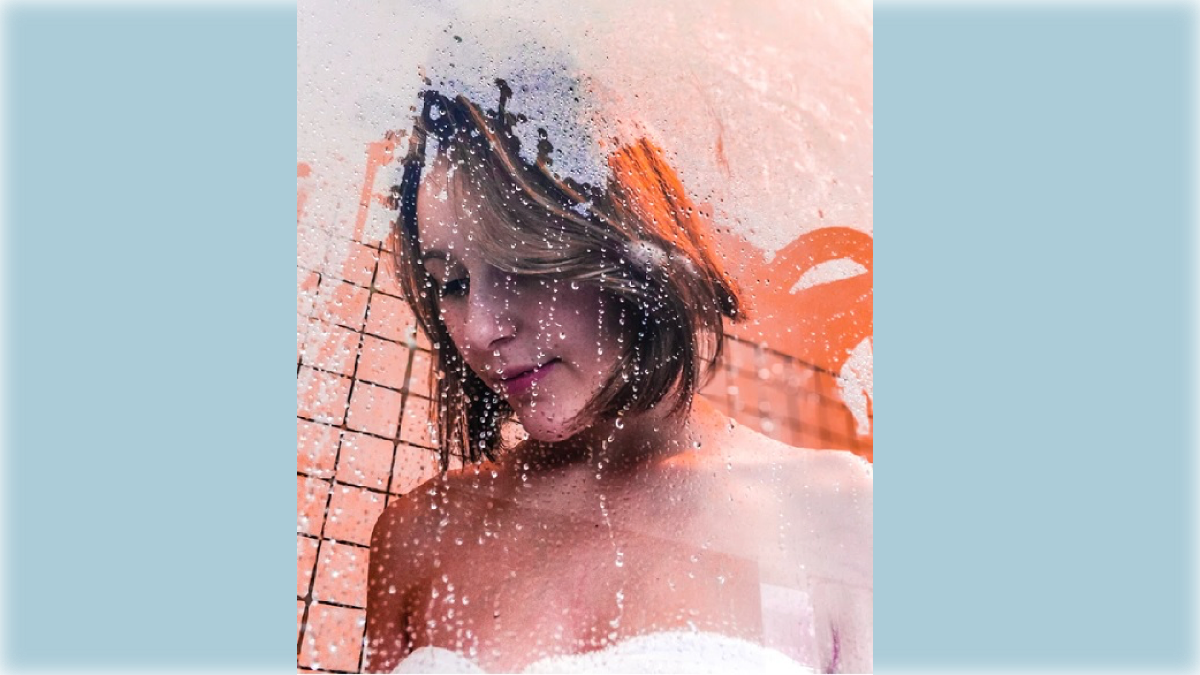When you have a PICC line, life is already hard. You have to remember to organize and prep your medication, set up your nursing visits, and to take the time to do your infusions. As if this wasn’t enough, one of the biggest challenges is showering. Here are our 4 most commonly asked questions for showering with a PICC line answered by our very own professional patient.
1. Why can’t a PICC line get wet?
In one word: Infection
A peripherally inserted central catheter, known as a PICC line, is a long-term vascular device that is deposited into the superior vena cava, a vein that carries blood to the heart. When a PICC line dressing gets wet, there is an increased risk of infection. Infection of the PICC line has direct access to the heart, and is able to spread throughout the body. To reduce the risk of infection, it is crucial to keep the PICC line dressing dry.
2. What’s better — bath or shower?
In one word: Bath
A bath allows for more mobility and reduces the risk of water getting near the PICC line insertion site. It is still important to cover your line with a waterproof barrier, but you may find yourself being more comfortable in a bath. You can wash your hair and use a washcloth with reduced worry of water splattering. You may need to ask for help washing your hair or getting out of the bath. Always check to see that your dressing is secure and dry after bathing.
3. What PICC line shower cover do you recommend?
In one word: The Waterproof PICC Line Shower Cover For PICCs and Midlines (Okay, that’s 10 words – but it is the best one!)
After asking our community what type of shower cover they were looking for, we hit the drawing board and designed a comfortable and functional shower cover. This PICC line shower cover allows for flexibility of the arm without worrying about constricting blood flow, which some other shower sleeves on the market may cause. Check out the PICC line shower cover here (there’s a version with hand covering for the bath as well).
4. What if my PICC line dressing gets wet?
In one word: HELP!
Keeping your PICC line dry and water free is key to keeping your PICC line safe, secure, and preventing infection dislodgement. If your PICC line does get wet, immediately try to dry the area and call your home health nurse to schedule an emergency dressing change, or have a trained family member change your dressing. The sooner your dressing is changed, the lower risk of infection.
Learn more about changing your PICC line dressing at home here!
Note: This is an opinion piece. The above information contains some, but not necessarily all, of the information that you may need to care for your PICC line while showering. Please speak with your doctor or nurse if you have questions or issues you may experience. This document should not replace conversations with members of your healthcare team about your treatment and the effects you may experience during and after the treatment and the use of a central line. If you experience any significant change in your health during or after treatment, contact a member of your healthcare team right away.
If you have more questions about PICC lines, PICC line dressing changes, or more, head back to our PICC Line Care Learning Hub.

